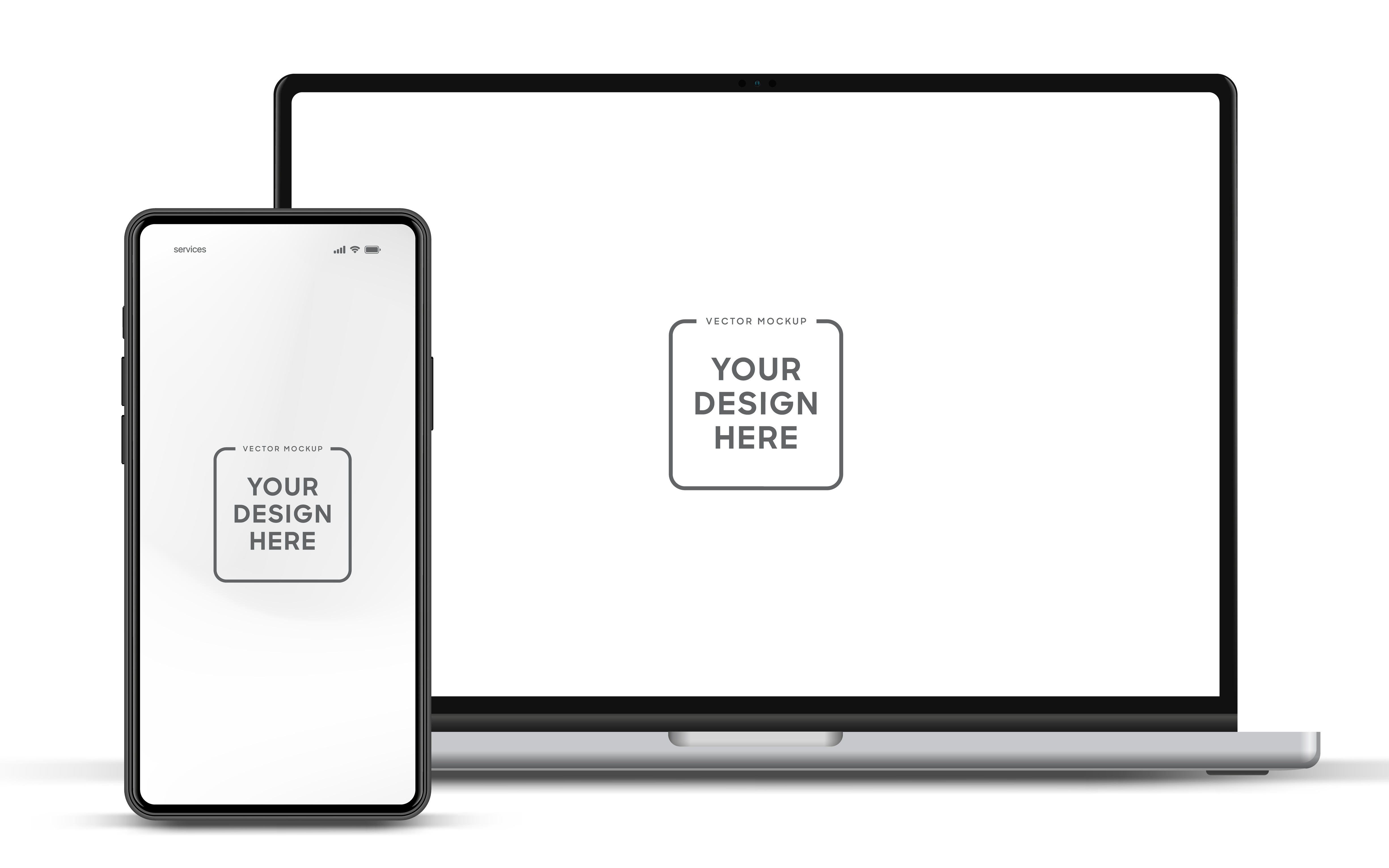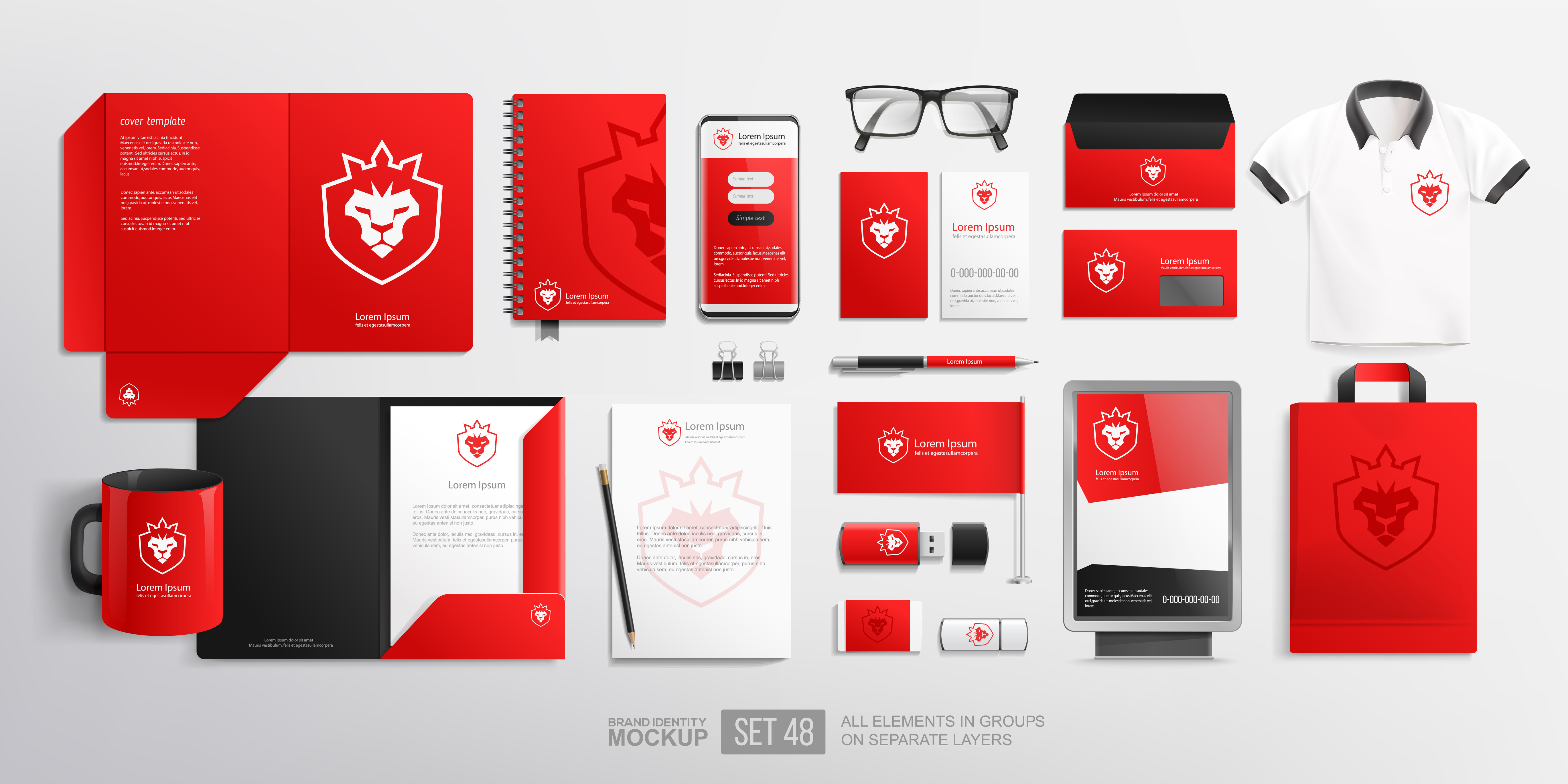In dynamic design, transforming abstract concepts into concrete realities involves innovation and creativity. At the forefront of this journey are mockups, tools that have evolved significantly. Initially simple and rudimentary, technological advancements have transformed mockups into indispensable assets in design and development disciplines.
This evolution mirrors the changing dynamics of design methodology. It aligns with the escalating complexity of modern products and consumers’ evolving expectations.
The story of mockups is not merely one of technological progression; it’s a narrative of how design tools have become integral in shaping and refining creative ideas and pivotal in translating visions into viable end products.
Understanding The Basics Of Mockups
To appreciate the evolution of mockups, one must first understand their fundamental nature.
A mockup is a scale or full-size model of a design or device used for various purposes, including teaching, demonstration, design evaluation, and promotion.
Mockups are crucial for assessing critical design aspects such as appearance, dimensions, and functionalities. Historically, these mockups were predominantly physical constructs, crafted manually from materials like clay, paper, or wood. However, the advent of the digital revolution has largely shifted mockups into the digital realm.
This digital transformation has enhanced flexibility and efficiency, allowing designers to rapidly prototype and iterate their designs easily and precisely.
The Shift From Physical To Digital
The migration from physical to digital mockups represents a watershed moment in design history. Traditional mockups, while useful, were limited by the constraints of their physical nature—often time-consuming and resource-heavy to construct.
The emergence of digital technology brought about a paradigm shift. Digital mockups, crafted using advanced software, have become a quicker, more cost-effective, and more adaptable alternative.
This shift has streamlined the design process and catalyzed a surge in creative exploration, enabling designers to experiment with complex and innovative designs that were previously unfeasible or impractical with physical mockups.
The Role Of Mockup Generators
With the progression into the digital age, the development of a mockup generator marked another significant leap forward. These online tools simplify the creation process, allowing designers to generate mockups quickly and efficiently without requiring intricate graphic design skills. The emergence of mockup generators represents a democratization of design, making it accessible to a more diverse group of people and thus enriching the design field with a wider array of perspectives and ideas. This has broadened the design scope and fostered a more inclusive and collaborative environment.
Learn How To Not Make Design Mistakes

A key advantage of mockups is their capacity to reveal potential design flaws early. By prototyping with mockups, designers can preemptively detect and address these issues and learn how to not make design mistakes. This proactive approach is crucial for saving time and resources and protecting the designer’s or brand’s integrity and reputation. It ensures the end product is aesthetically pleasing, functional, user-friendly, and aligned with the target audience’s expectations and needs.
The Integration With User Experience (UX) Design
The evolution of mockups has been closely intertwined with the rise of user experience (UX) design. In the context of UX, mockups are used to create realistic representations of products, enabling designers to gain valuable insights into how users will interact with and experience them.
Incorporating Google Slides presentation templates can further enhance the mockup process, allowing for the creation of professional presentations that effectively communicate design concepts to clients.
This user-centered approach is essential in developing products that are visually appealing, intuitive, and effortless in their use. Mockups in UX design are critical in ensuring the final product delivers a seamless and engaging user experience.
The Impact Of Augmented Reality And Virtual Reality
Integrating augmented reality (AR) and virtual reality (VR) technologies has elevated mockups to new levels of realism and interactivity. AR and VR enable designers to create immersive, three-dimensional mockups that can be experienced in a simulated environment. This leap into immersive realism provides a more comprehensive understanding and visualization of the final product, significantly enhancing the decision-making and design refinement processes.
Future Trends And Innovations
The trajectory of mockups is set toward continuous innovation and evolution. Upcoming trends suggest a deeper integration of artificial intelligence (AI) and machine learning, potentially automating certain aspects of the mockup process. This evolution heralds the advent of more realistic, interactive, and intelligent mockups, opening new frontiers in design possibilities and enriching the consumer experience in unprecedented ways.
Challenges And Considerations

Designers and developers encounter several challenges and considerations that significantly impact the effectiveness and efficiency of the mockup process. These challenges revolve around balancing fidelity with time, adapting to rapid technological changes, and ensuring accessibility and inclusivity in design.
- Balancing Fidelity And Time
One of the primary challenges in creating mockups is balancing the level of fidelity with time constraints. High-fidelity mockups, detailed and close to the final product, offer a realistic view of the result but are time-consuming and resource-intensive. Conversely, low-fidelity mockups are quicker to produce and allow for rapid iteration but may not provide a thorough understanding of the user experience. This balance is crucial as it affects decision-making, stakeholder approval, and the overall design process. Striking the right balance requires a keen understanding of project goals, timelines, and the specific stages at which detailed visualization is most beneficial.
- Adaptation To Rapid Technological Changes
The field of design and development is ever-evolving, with new technologies and tools emerging regularly. Adapting to these changes is a significant challenge for designers. Keeping up with the latest software and tools for mockup creation is not just about staying current; it’s about leveraging new capabilities to enhance efficiency and effectiveness. For instance, the rise of AI-driven design tools and augmented reality (AR) for mockups has opened new possibilities for interaction and user testing. Designers must continuously learn and integrate these technologies to remain relevant and improve the quality of their mockups.
- Accessibility And Inclusivity In Design
An increasingly important consideration in the mockup process is ensuring accessibility and inclusivity. This involves designing usable and appealing mockups for a wide range of users, including those with disabilities. Accessibility should not be an afterthought but an integral part of the design process from the earliest stages. This includes considering color contrasts, font sizes, navigation ease, and assistive technology compatibility. Inclusivity in design goes beyond accessibility; it encompasses creating culturally sensitive designs that resonate with diverse user groups. This challenge requires a deep understanding of user needs and a commitment to creating universal designs.
Conclusion
The evolution of mockups from basic physical models to advanced digital tools reflects the broader progression in design and technology. Today, mockups are more than just a step in the design process; they are vital in bridging the conceptual and the real. Their ongoing development is poised to further streamline the design process, enhance creative expression, and ensure that the final products resonate with users’ evolving needs and aspirations.

